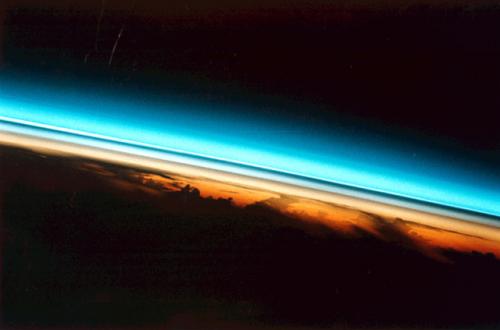The European Integrated Forecasting System IFS
The ECMWF atmospheric model for numerical weather prediction IFS (Integrated Forecasting System) has been extended to atmospheric composition for the European Copernicus Atmosphere Monitoring Service (CAMS). The aim is to provide maps and data of atmospheric species on current conditions, forecasts a few days ahead, and retrospective analyses of recent decades. This information is freely available to all, from experts and decision-makers to a broad public.
BIRA-IASB contributed from the start to this effort with its strong expertise in stratospheric chemical composition modelling. The integration in IFS of the stratospheric chemistry module from BASCOE, an assimilation system developed at BIRA-IASB for many years, is ongoing.
A step forward: forecasting the evolution of volcanic eruptions and large wildfires
Besides gaseous species, aerosols encounter growing interest. Their particular features pose specific challenges: their varying composition, shape and size, their evolution being governed by many physical processes, as well as their varying interactions with the ambient air depending on their nature.
In the stratosphere, the main aerosol sources are explosive volcanic eruptions. However, it was recently discovered that large wildfires play an increasing role due to climate change. Providing operational forecasts of volcanic eruptions and wildfires is a real challenge currently addressed by CAMS.
A dedicated aerosol module describes the key-role of aerosols in air quality, weather, climate and chemical budget. While the original focus was on tropospheric aerosols, its extension towards the stratosphere is currently ongoing. BIRA-IASB plays an important role in this development, combining its achievements in chemistry modelling with a long-lasting expertise in stratospheric aerosols.
Models and measurements joined to better understand complex aerosols processes
In order to understand the complexity of aerosol processes and their links with stratospheric chemistry, all kinds of scientific tools need to be used. Models are ideal to test hypotheses and the sensitivity of the atmospheric system to specific processes, while observations provide a global picture of all combined aspects.
With the help of increasingly performing computational infrastructures, modellers and experimenters join their efforts to test hypotheses and confront them to reality. Past measurements during large volcanic eruptions provide a wealth of test cases to assess how realistic the model predictions are.


